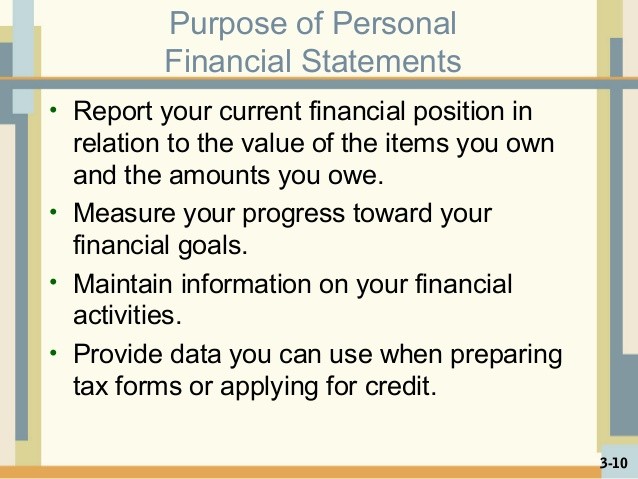Measuring Progress Toward Your Financial Goals
Post on: 4 Июнь, 2015 No Comment

Key Points
- Compare your returns to the appropriate benchmarks to assess your portfolio’s performance. Cash flow statements can reveal whether you’re on track to meet your long-term financial goals.
For U.S. stock investors, the year 2013 came in above the long-term historical averages, with the broad-based S&P 500 ® Index up 32.4% on a total return (dividends and appreciation) basis. As usual, some categories did better than others, with diversified international stocks returning 22.8% while intermediate domestic bonds lost 2.0% (MSCI EAFE ® Index Net of Taxes and Barclays U.S. Aggregate Bond Index, respectively).
But how did your portfolio do? And more importantly, what progress did you make toward your long-term financial goals? While investment performance is important, long-term financial success depends on a lot more than what the market does from year to year. Below, we’ll walk through four key steps to help you understand just how you’re doing vis-à-vis the market and your financial goals.
Step 1: Benchmark your portfolio’s performance
First, assess the performance of your portfolio as a whole, including all your taxable and tax-deferred accounts. Compare your portfolio’s actual performance in 2013 (accounting for any deposits or withdrawals during the year) to a benchmark return of appropriate market indexes weighted to match your target asset allocation.
For example, say you’re a moderately conservative investor and your target asset allocation is 25% large-cap stocks, 5% small-cap stocks, 10% international stocks, 50% bonds and 10% cash investments. Look up the 2013 return for each asset class’s benchmark index, and multiply it by your percentage weight for that asset class to get a weighted return. Then add up the results for your benchmark portfolio return.

Note: Performance is typically measured as a time-weighted rate of return for reporting purposes, which ignores cash inflows and outflows (it assumes investment income and distributions are reinvested). If you invested additional money or took withdrawals from your portfolio during the course of the year, you could more accurately measure your performance using an internal rate of return calculation that takes cash inflows and outflows into account on a money-weighted basis. (Schwab clients can check with their representatives for more information.)
To get an idea of how your portfolio performed relative to the market, compare the benchmark return to your portfolio’s actual return (if you work with an investment advisor, they should be able to do this for you). Chances are some areas of your portfolio did better than others, which is fine. It’s not likely every area will do well at the same time—that’s why it’s critical to be well diversified across (and within) asset classes.
For instance, if in 2013 your domestic large-cap stocks did better than your international holdings, that doesn’t mean you should give up on international stocks. The important question is how your portfolio performed relative to its appropriate benchmarks. If it underperformed, step two will help to address the problem.
Here’s an example of a custom benchmark that was created for a hypothetical portfolio with a moderately conservative target allocation. The custom benchmark will change, of course, depending on what benchmarks you use for different asset classes and how you weight them. To calculate your benchmark return, follow the process illustrated in the table below.
How does your investment return stack up?














